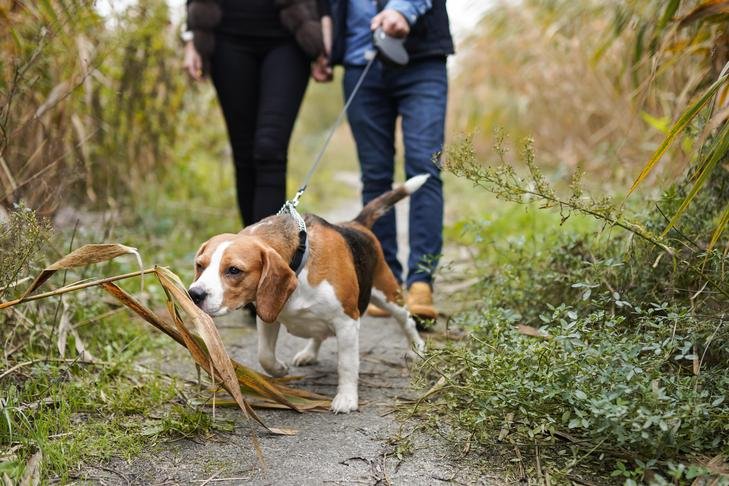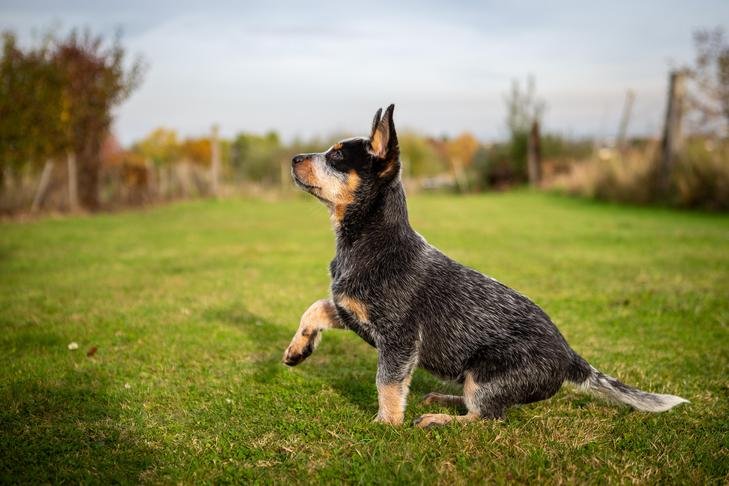By rethinking how we approach walks with our dogs, we can turn a source of stress into an opportunity for growth and connection. For many dogs, walking isn’t always the peaceful, tail-wagging experience we imagine. Some pups freeze in place, some turn back toward home, and others react nervously or even aggressively when encountering everyday sights and sounds. While it may seem like your dog simply “hates walks,” the truth is often more nuanced: your dog might be experiencing anxiety.
Understanding why some dogs feel uneasy about walks—and how to help them overcome that fear—can make a world of difference. Whether your companion barks at passing bikes, avoids other dogs, or gets spooked by loud trucks, this guide will help you navigate their anxiety with patience and empathy.

Why Walks Can Be Stressful for Dogs
From the outside, a neighborhood stroll seems like a perfect outlet for exercise and stimulation. But for a dog with heightened sensitivity, every step outside the front door can feel like stepping into a minefield.
Triggers vary greatly from dog to dog. While one pup might not blink at a noisy garbage truck, another could cower at the sound. Common anxiety-inducing stimuli include:
- Other dogs or unfamiliar people
- Skateboards or bicycles
- Loud vehicles or motorcycles
- Wildlife like squirrels or cats
If your dog frequently stops walking, pulls to avoid certain areas, or shows signs of distress like whining or panting, it’s worth considering whether anxiety is the root cause.
Setting Boundaries: Understanding Your Dog’s Threshold
Every dog has a “threshold”—the point at which a stimulus begins to feel overwhelming. When your dog remains relaxed despite seeing a potential stressor, they are “below threshold.” Once they begin to react or exhibit signs of stress, they are “above threshold.”
This threshold varies by individual and can change based on context. A dog might be fine seeing another dog from across the park but panic when the same dog gets within a few feet. The key to helping your anxious dog is recognizing where that line is and keeping them comfortably below it as often as possible.
Avoiding the “Tough Love” Trap
Many well-intentioned pet owners believe that repeatedly exposing their dog to stressors—like crowded sidewalks or noisy parks—will “toughen them up.” But this method, often referred to as “flooding,” usually does more harm than good.
When dogs are constantly exposed to triggers, their stress accumulates—a phenomenon called trigger stacking. Rather than desensitizing them, it can intensify their fear. Instead of pushing your dog past their limits, give them space, time, and intentional support to process and recover.

Gentle Approaches to Reduce Walk Anxiety
There are several ways to help your dog feel safer and more confident during walks. The following techniques focus on positive reinforcement and gradual exposure.
1. Desensitization & Counterconditioning
Desensitization involves gradually exposing your dog to a trigger at a low intensity. For instance, if the dog park overwhelms your pup, you might start by walking within view of the park from a distance. Over time, and only when your dog remains relaxed, you can slowly decrease the distance.
Counterconditioning pairs that same trigger with something your dog enjoys—like a favorite treat. Eventually, your dog begins to associate what once scared them with something positive. It’s about reshaping emotional responses, not just controlling behavior.
2. Bring Reinforcements
Keep a pouch of high-value treats during walks. Reward calm behaviors, such as loose leash walking or checking in with you. Treats help build positive associations and keep your dog engaged with you rather than fixating on potential threats.

3. Adjust the Environment
Don’t be afraid to switch up your walking routine. A route that includes barking dogs behind fences or busy intersections may overstimulate your dog. Instead, seek out quieter streets or schedule walks during less busy times—early mornings or late evenings often work well.
Even small changes can make a big difference. Simply crossing the street to avoid a trigger, or standing behind a car or bush to create a visual barrier, can help your dog feel safer.
When It’s Okay to Hit “Pause” on Walks
If every walk ends in stress or meltdowns, it’s perfectly acceptable to take a break. For dogs with access to a yard, potty breaks and playtime outside can suffice for a while. If you rely on walks for bathroom needs, keep them brief and low-pressure.
By stepping back from overwhelming experiences, you give your dog a chance to reset. This time can also be used to work on skills and confidence through indoor activities and focused training.
Keeping Your Dog Engaged at Home
If your dog isn’t going on regular walks, how do you keep them mentally and physically stimulated?
- Enrichment games: Hide treats around the house or yard and encourage your dog to sniff them out.
- Training sessions: Reinforce obedience commands or teach fun new tricks.
- Interactive toys: Puzzle feeders and treat-dispensing toys offer a fun challenge.
- Scent work: Try beginner-level scent games that tap into your dog’s natural tracking instincts.
- Playtime: Tug-of-war, fetch, or simply exploring a new toy together can burn off energy.
You can even consider renting private, fenced-in yards or indoor training facilities where your dog can run safely without the unpredictability of public spaces.
Reintroducing Walks—The Right Way
When your dog has made progress in training and seems more resilient, reintroduce walks gradually. Choose calm, familiar environments and quiet times of day. Bring treats, plan your route, and be ready to adapt if unexpected triggers appear.
If something startling does happen, remain calm. Cross the street, use a treat to redirect your dog’s attention, and always aim to end on a positive note.
For best results, partner with a certified dog trainer who can guide you in crafting a personalized plan based on your dog’s unique challenges and progress.

Final Thoughts
Anxious dogs don’t need punishment or pressure—they need patience, understanding, and a plan tailored to their emotional needs. Walking should be something both you and your dog enjoy. With time, consistency, and a lot of love, you can help your pup face the world with confidence, one paw at a time.


